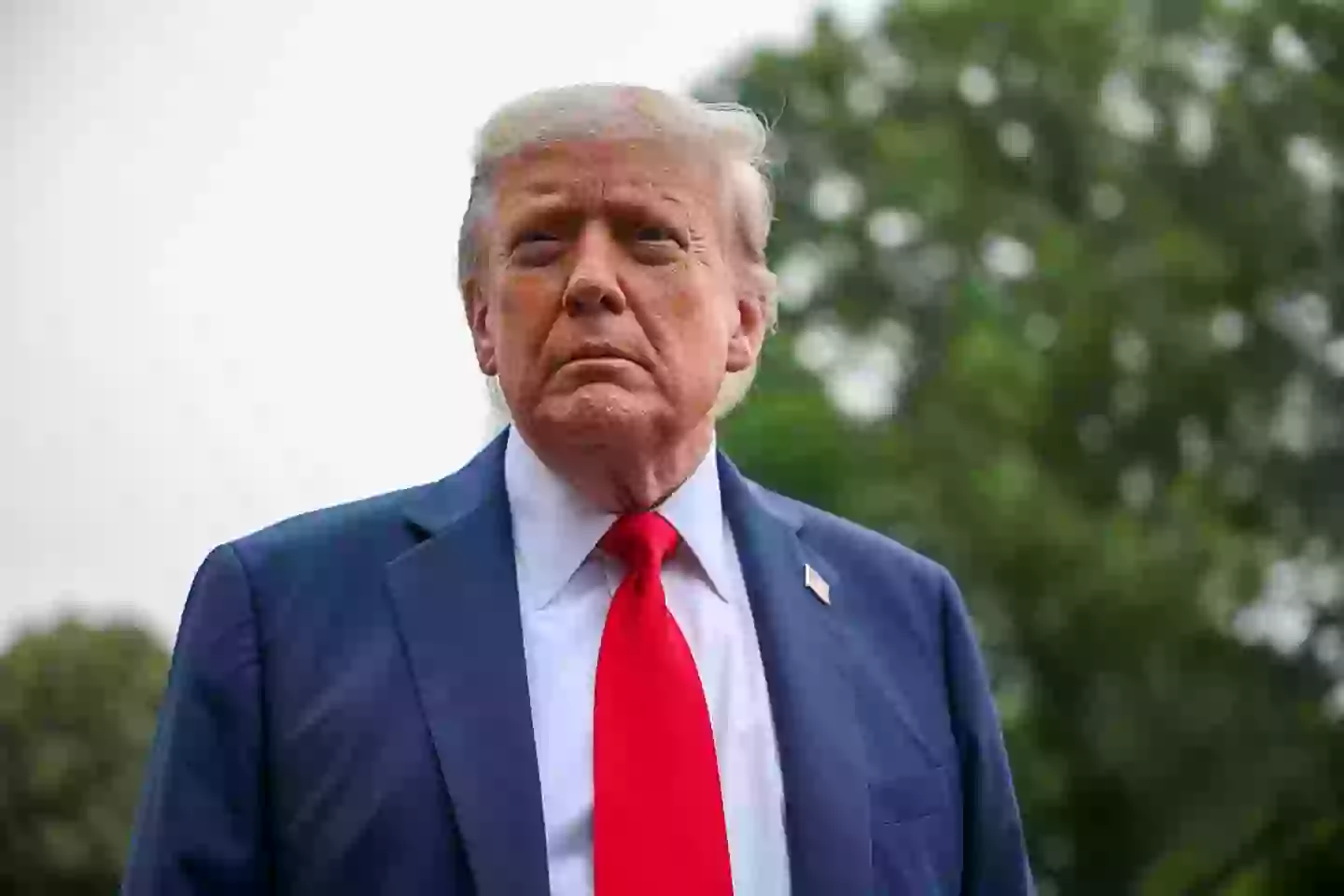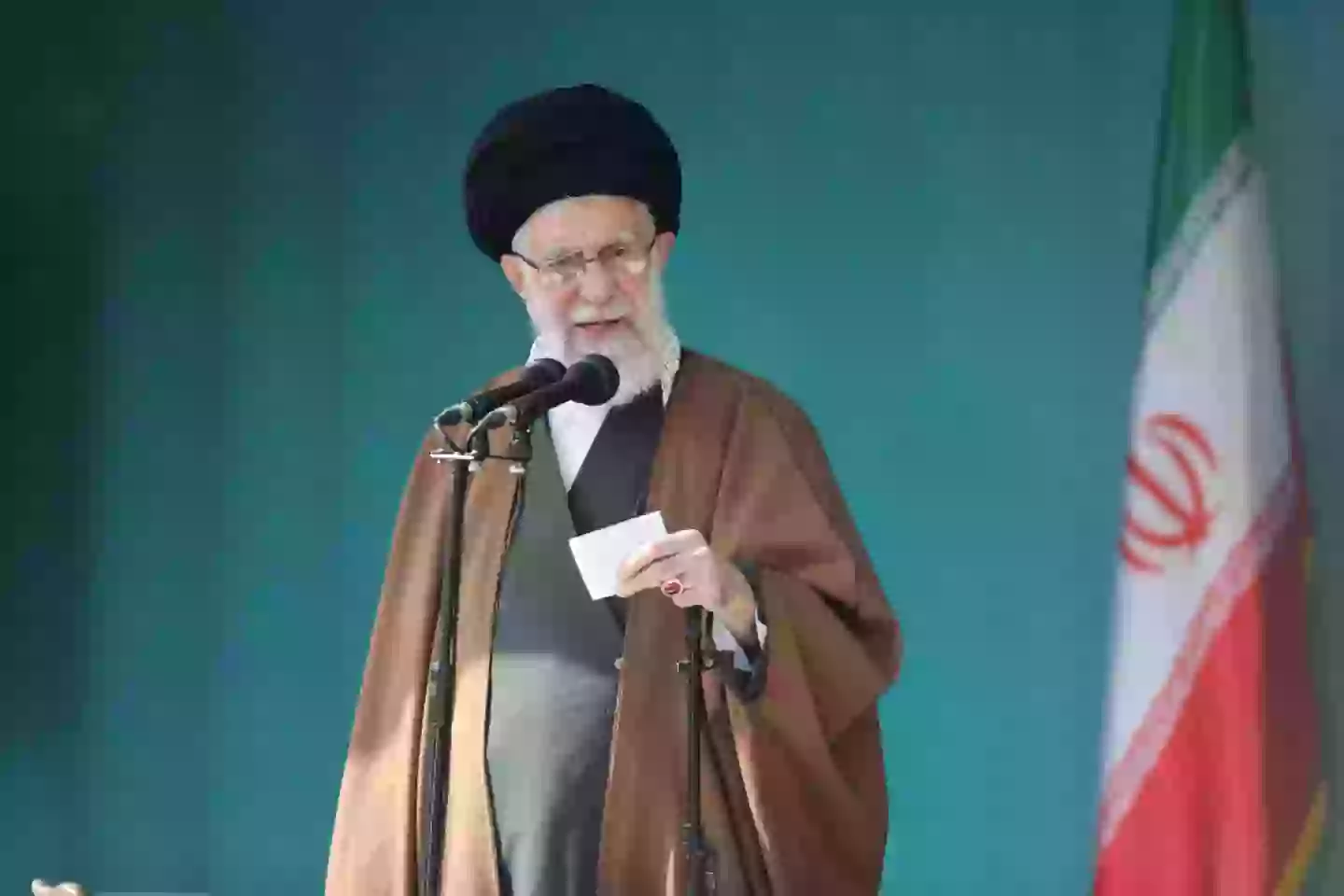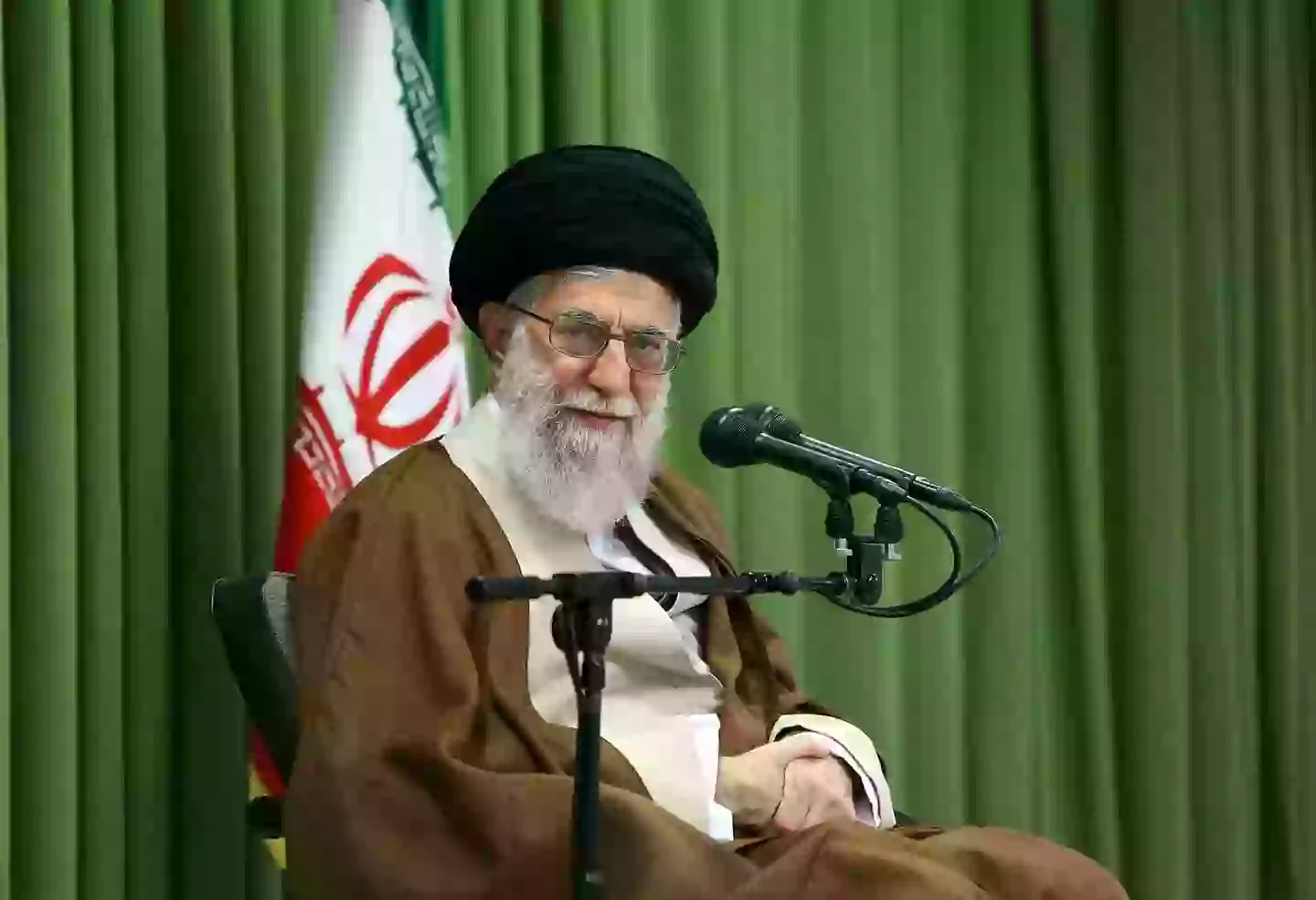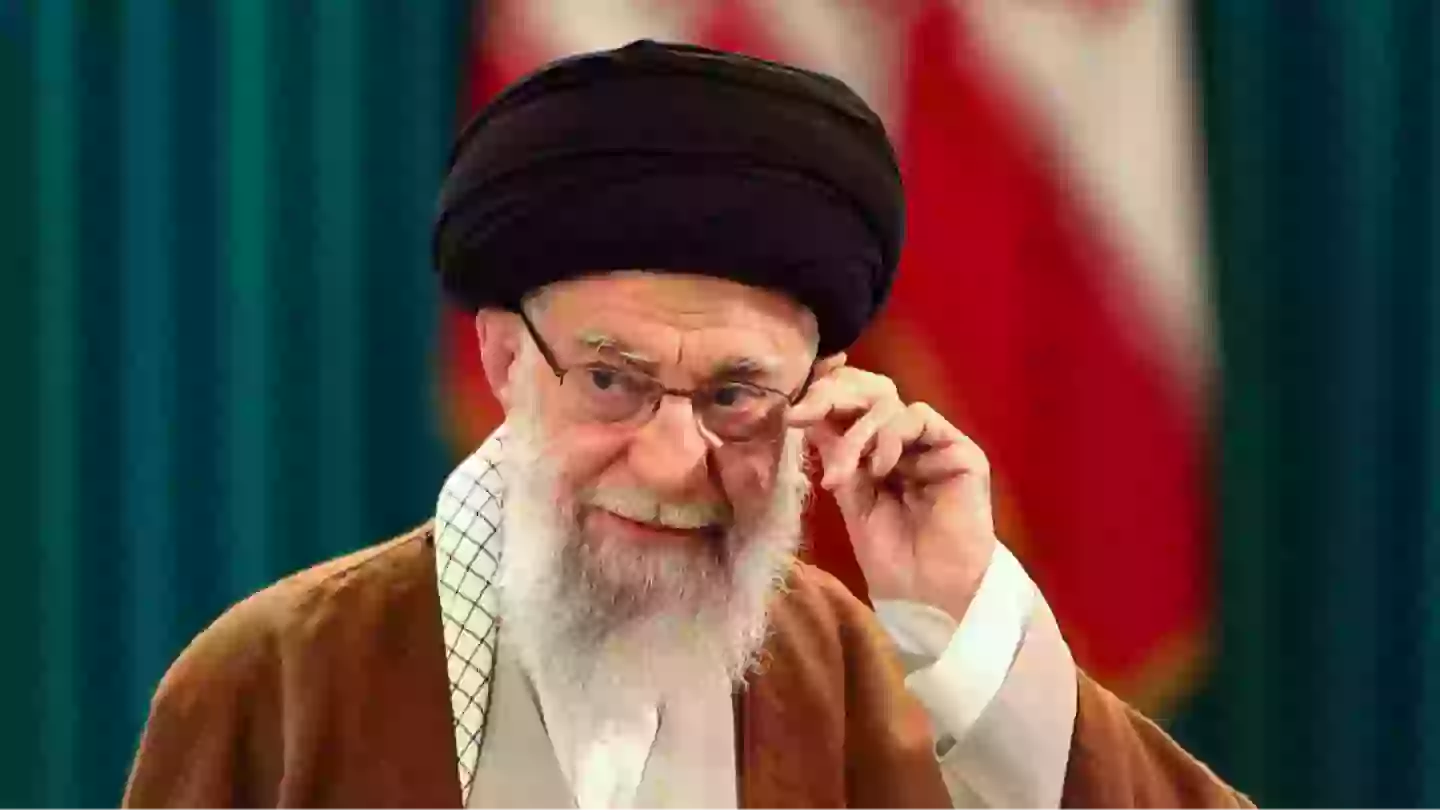In the event that Iran’s Supreme Leader is removed or passes away, significant repercussions could ensue, especially given that he is currently in hiding due to concerns over his safety following recent attacks on the nation.
Ali Khamenei has occupied the position of Iran’s Supreme Leader since 1989. Presently, he is in seclusion, fearing possible assassination attempts.
This situation has escalated following the recent actions by US President Donald Trump, who targeted three key nuclear sites in Iran on Saturday night (June 21). This move comes amid escalating tensions in the Middle East.
The US military targeted missiles at the Fordo facility, a site reputedly crucial to Iran’s nuclear program and strategically concealed in a remote mountainous region, as reported by the BBC.
The United States also struck nuclear sites in Natanz and Isfahan, according to statements from Trump. The specific extent of destruction from the US offensive is still uncertain. Nonetheless, Trump hailed the mission as a ‘spectacular military success’ and asserted that Iran’s nuclear infrastructure had been ‘obliterated.’
Earlier today (June 23), Iran seemingly retaliated by firing missiles toward US military bases located in Qatar and Iraq.

The Iranian government hierarchy grants the Supreme Leader more influence than the president, who essentially implements the Supreme Leader’s directives rather than independently shaping policy.
Unlike presidents in many other nations, Iran’s president does not hold ultimate governmental authority; this power is vested entirely in the Supreme Leader.
Under Iran’s constitution, the responsibility of selecting a new Supreme Leader falls to the Assembly of Experts, a body of 88 senior clerics.
This group is vetted by another religious assembly and is subsequently confirmed through an election, as explained by the Atlantic Council.
This process bears resemblance to the election of a new Pope by the Conclave of Cardinals in the Catholic Church.
Yet, such transitions do not always proceed smoothly.
In the 43 years since the Islamic Republic’s inception, Iran has undergone a change in Supreme Leaders only once, following Ayatollah Khomeini’s death in 1989.
Initially, Khomeini had designated Ayatollah Montazeri as his successor. However, Montazeri was dismissed after he criticized the mass execution of political prisoners, leaving Khomeini without a named successor at the time of his death.

Upon Khomeini’s passing, the Assembly of Experts selected President Ali Khamenei, a mid-level cleric at the time, to assume leadership.
Iran’s constitution was amended to allow someone of a lower religious rank to become the leader, and the role of prime minister was eliminated while the presidency was strengthened.
Khamenei stepped down from the presidency and was affirmed as Supreme Leader, with Akbar Hashemi Rafsanjani subsequently serving two terms as president.
Over time, Khamenei, who had been elevated to the rank of ayatollah, surpassed Rafsanjani’s influence by forging a robust alliance with the Revolutionary Guard (IRGC).
Today, the IRGC possesses significant economic and security clout and likely plays a pivotal role in the selection of the next Supreme Leader.
The New York Times has reported that Khamenei has identified three potential successors, although their identities remain undisclosed.
Ray Takeyh, a Senior Fellow for Middle East Studies with the Council on Foreign Relations, shared insights at a media briefing on June 13.
He elaborated on how, if foreign military actions affect Iran’s leadership without causing widespread civilian casualties, public sentiment might not necessarily turn against such actions.

Many Iranians already harbor distrust toward the government, primarily due to its focus on nuclear armament.
While a clear succession plan is absent, the question of who would succeed Khamenei and whether that individual could unify Iran’s ruling factions remains unanswered.
Takeyh stated, “Now, the question is, can the society overcome the state even in its weakened condition? I don’t have the answer to that question.”
He further noted, “They may reach a similar conclusion as in the past, acknowledging that their economic vulnerabilities and the capabilities of the Israelis and Americans to impose an economic cost still necessitate restraint.
“However, I don’t think they have the answer to that question, and I certainly don’t have the answer either, as everyone is trying to navigate this in real time.
“Ali Khamenei still possesses, at least within the regime, the ability to maintain order. Whether a successor will have a comparable level of authority, I’m not sure, at least in the short term.
“This suggests that other power centers will assert their own priorities, leading to more chaotic decision-making within the regime.”

